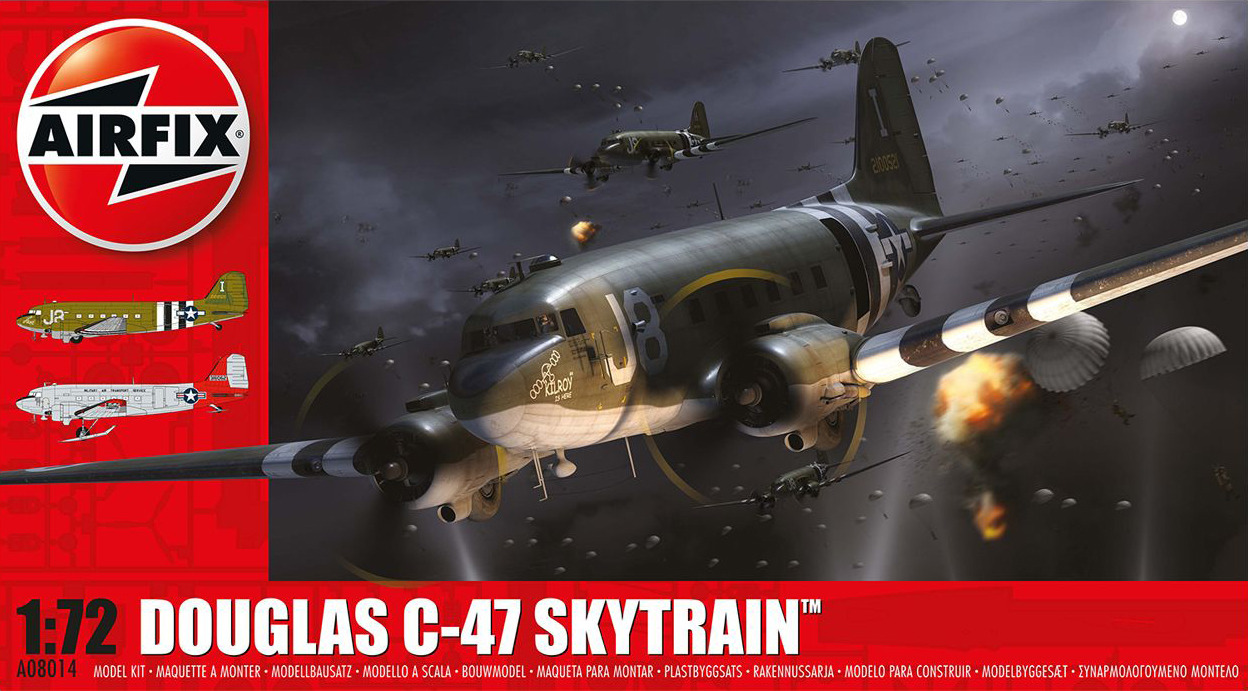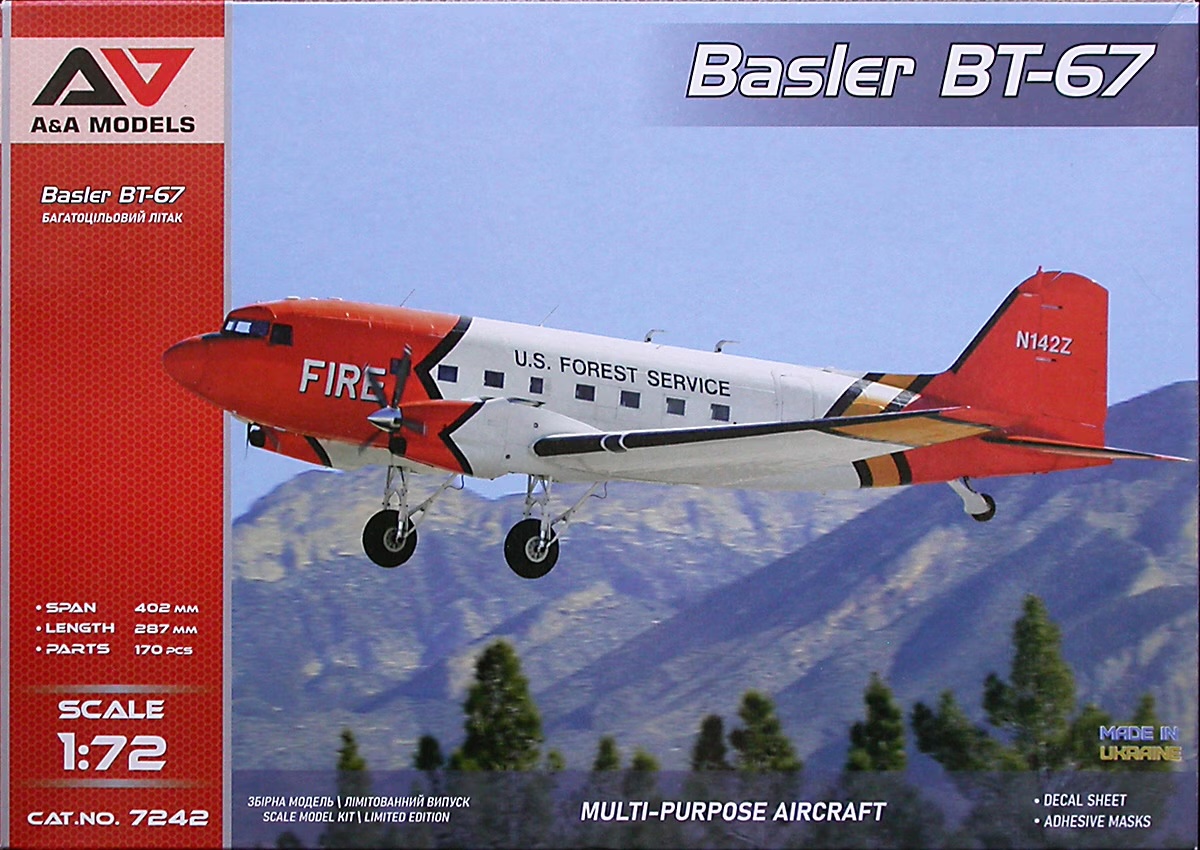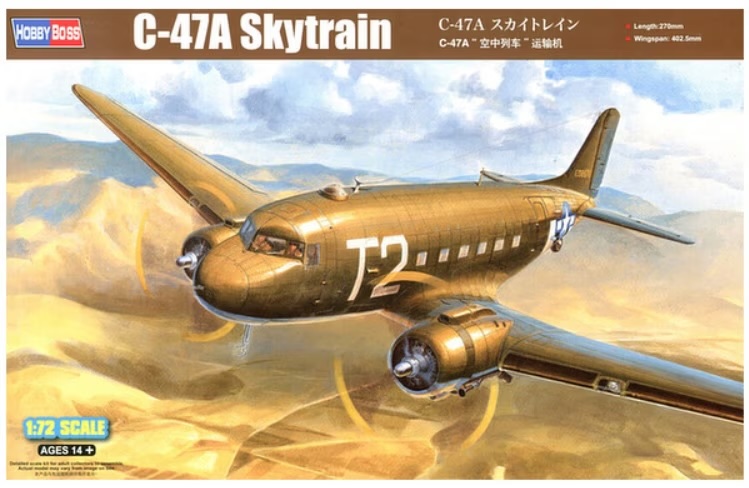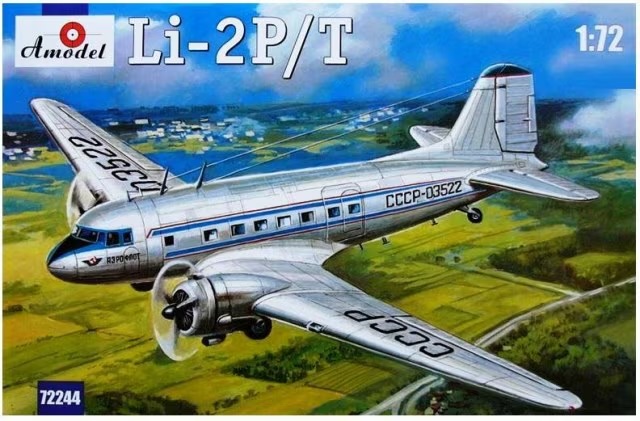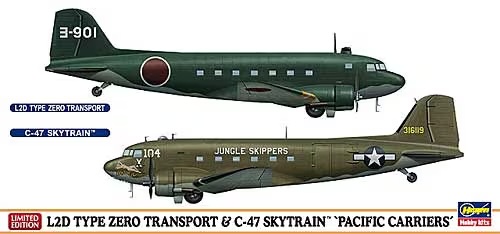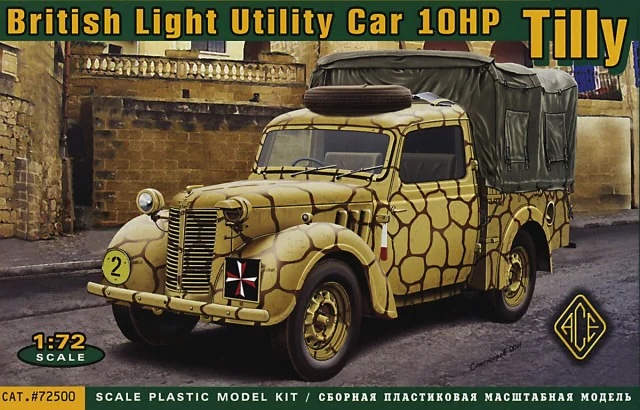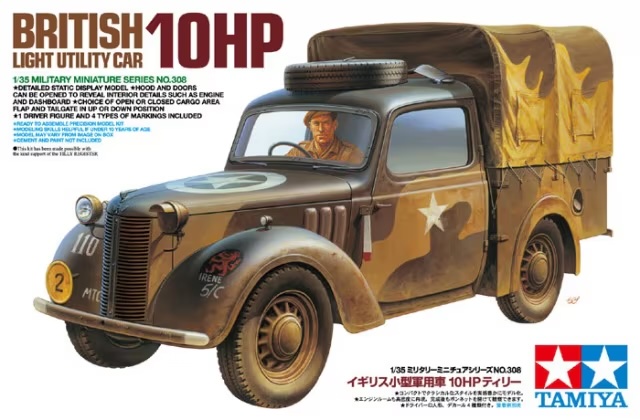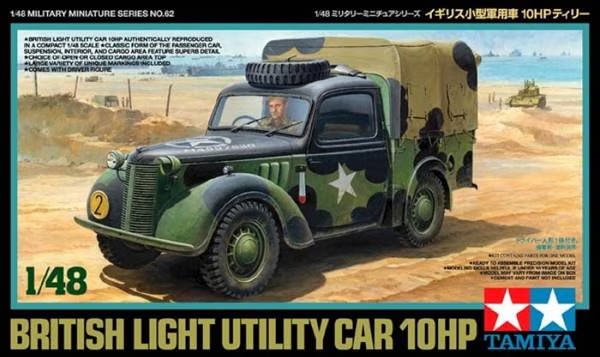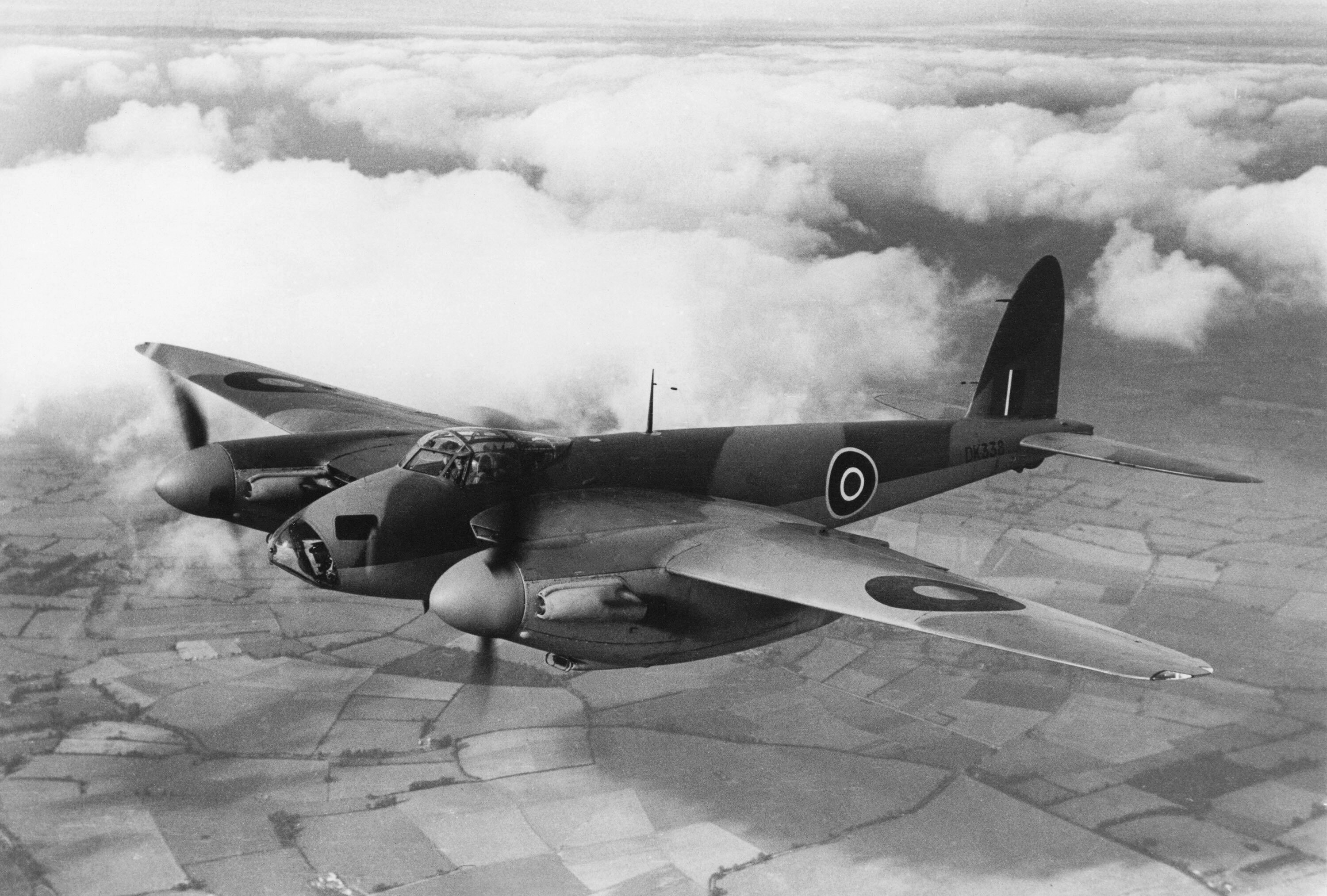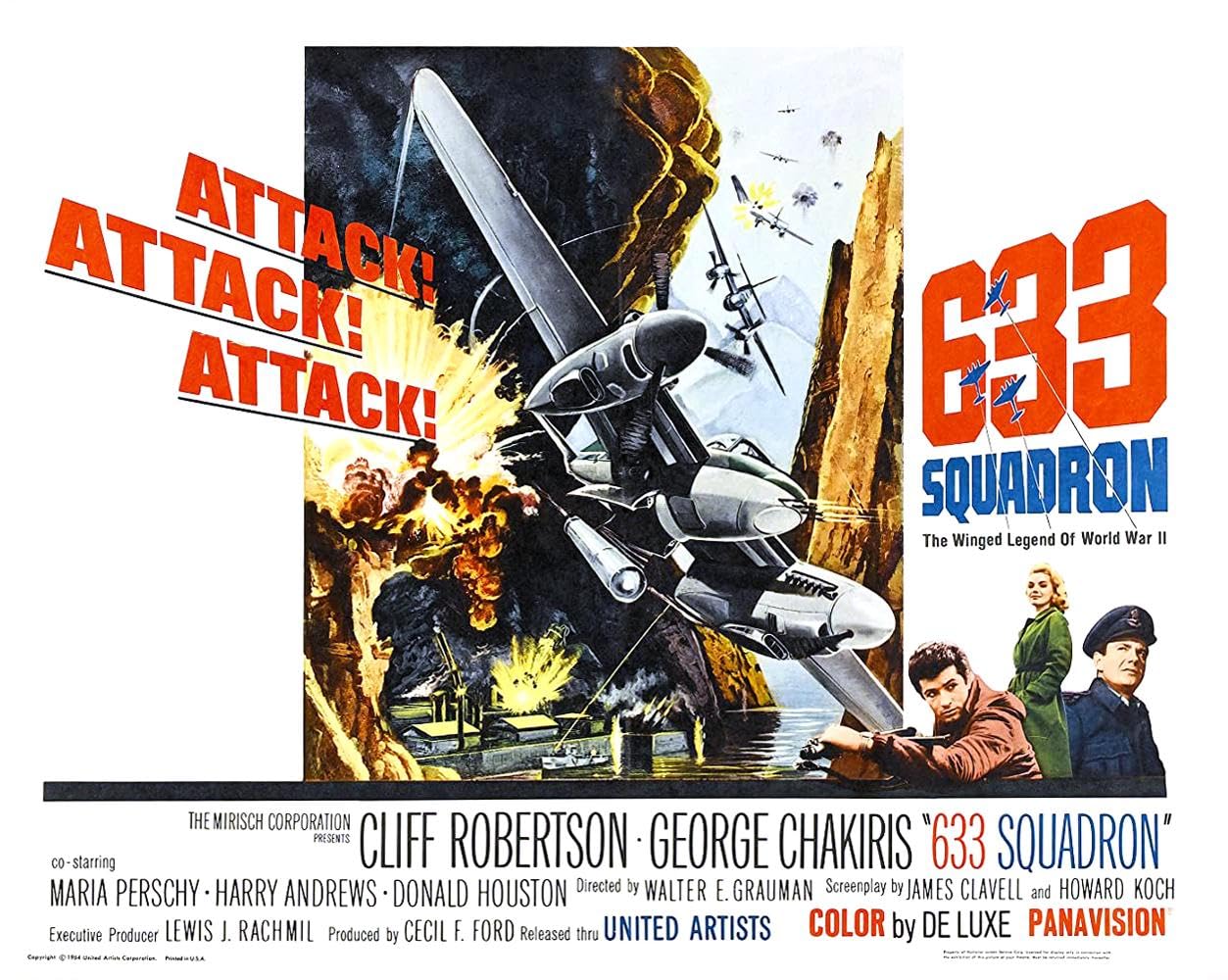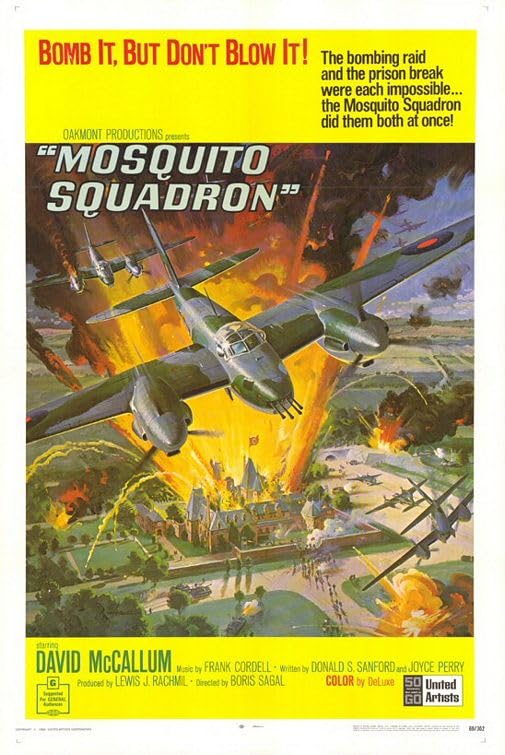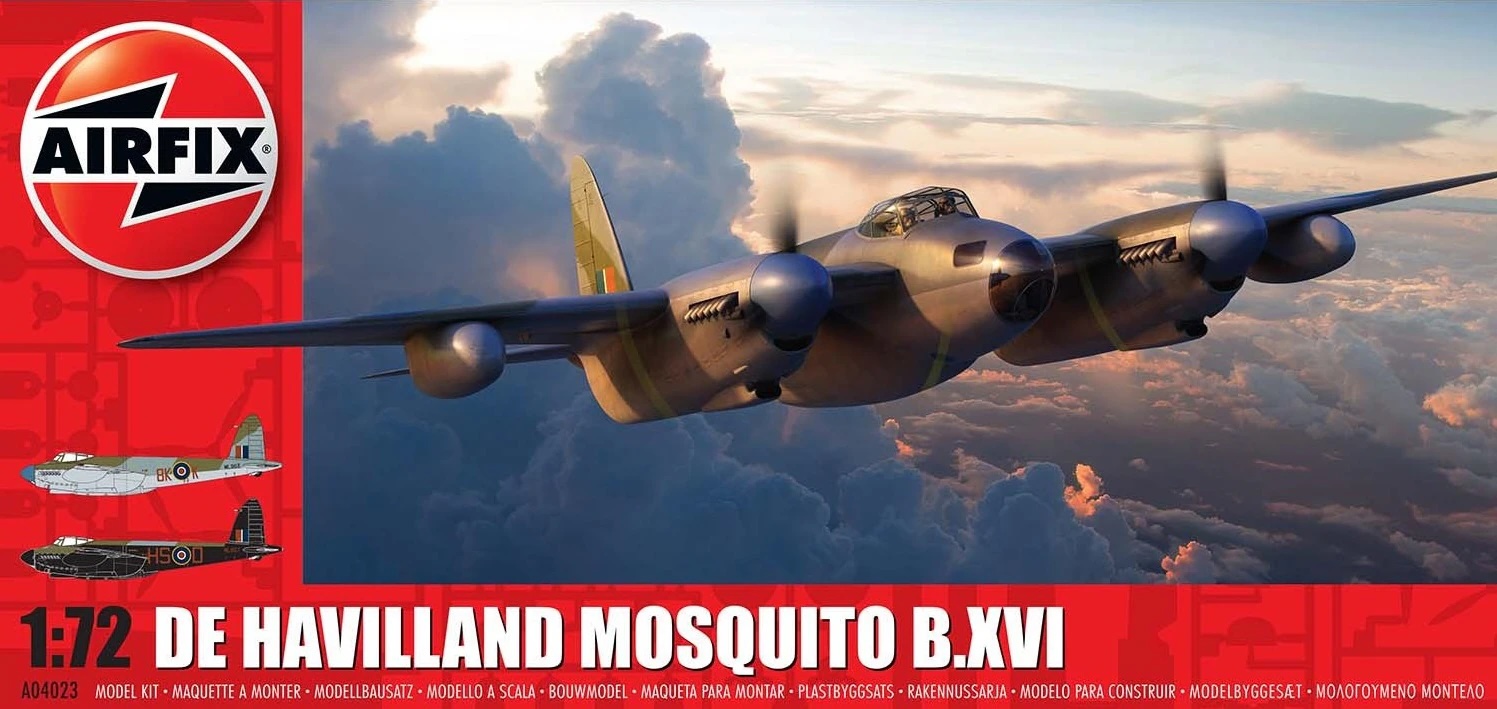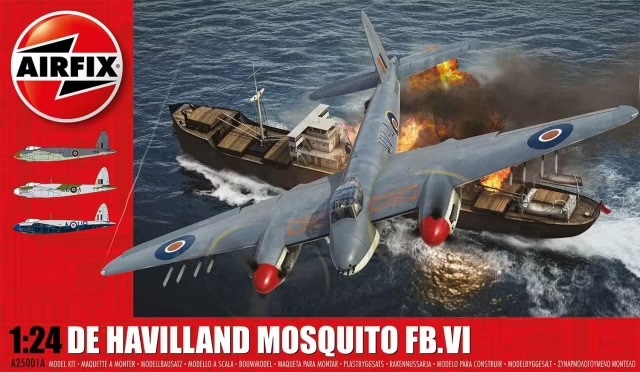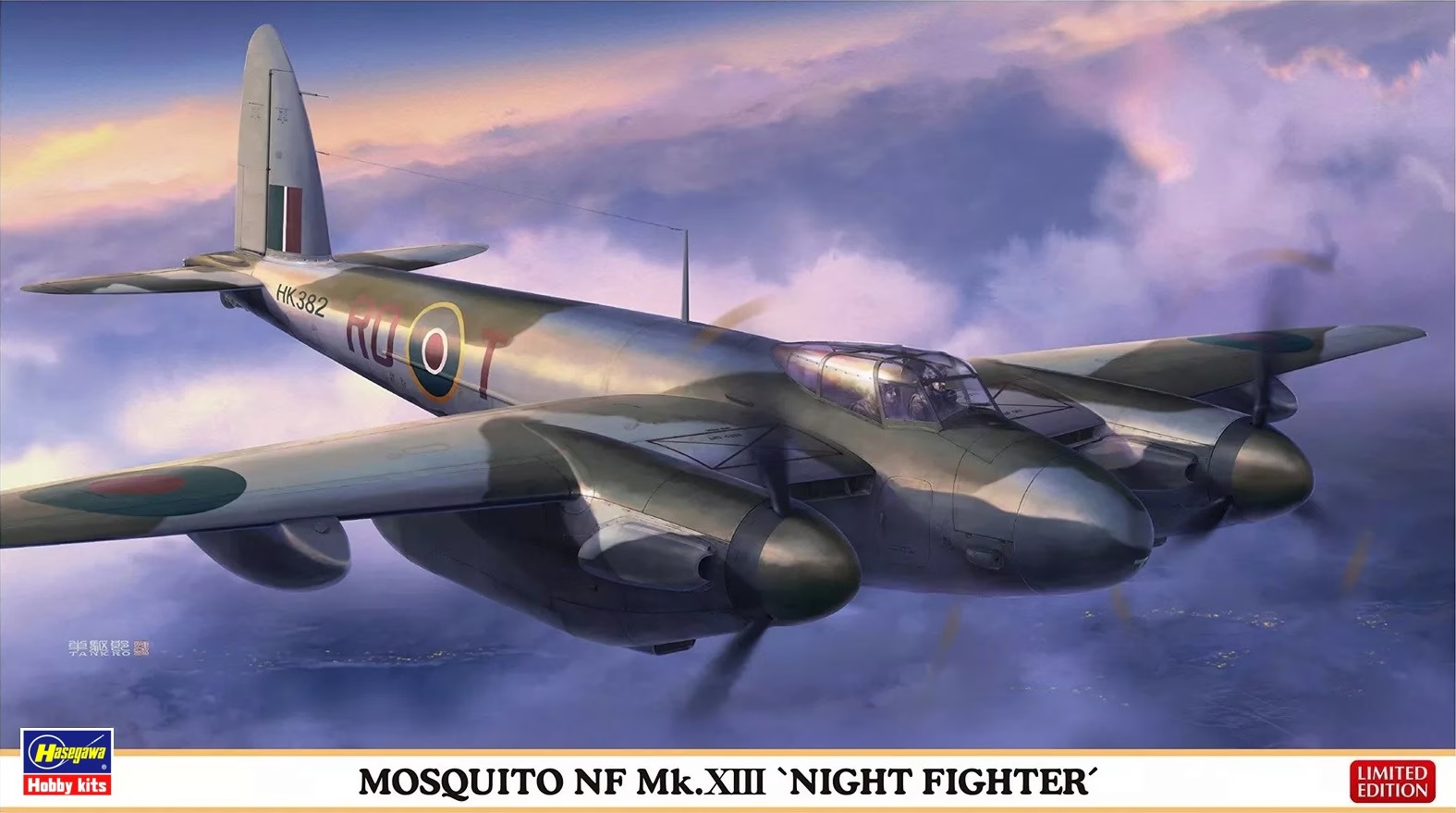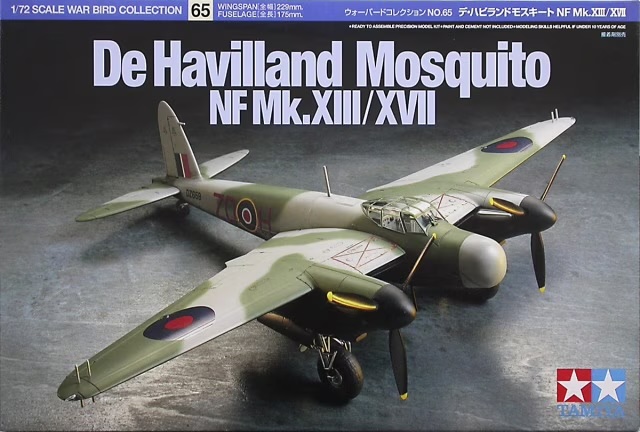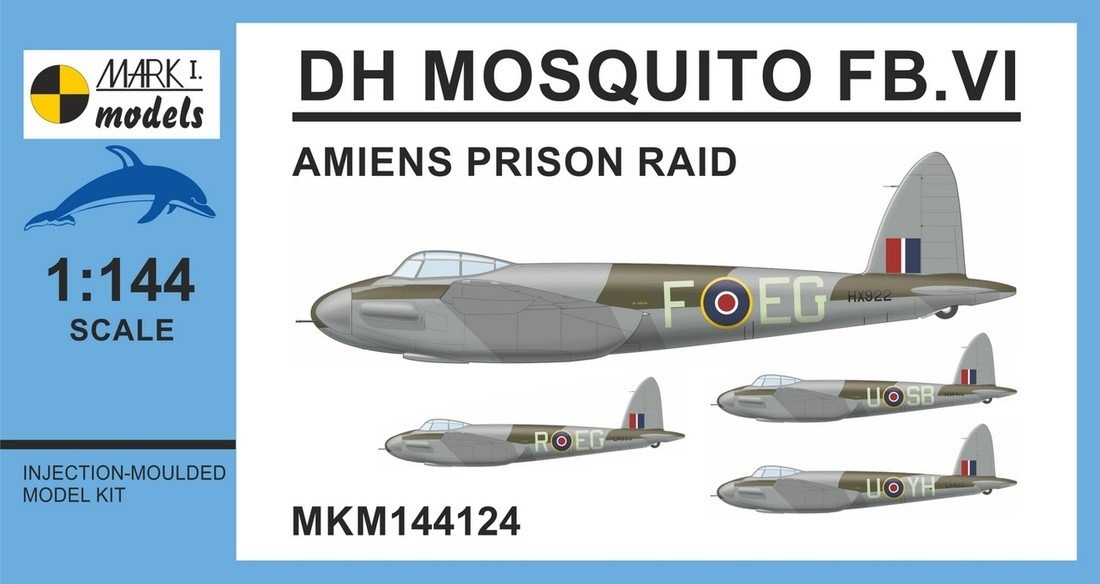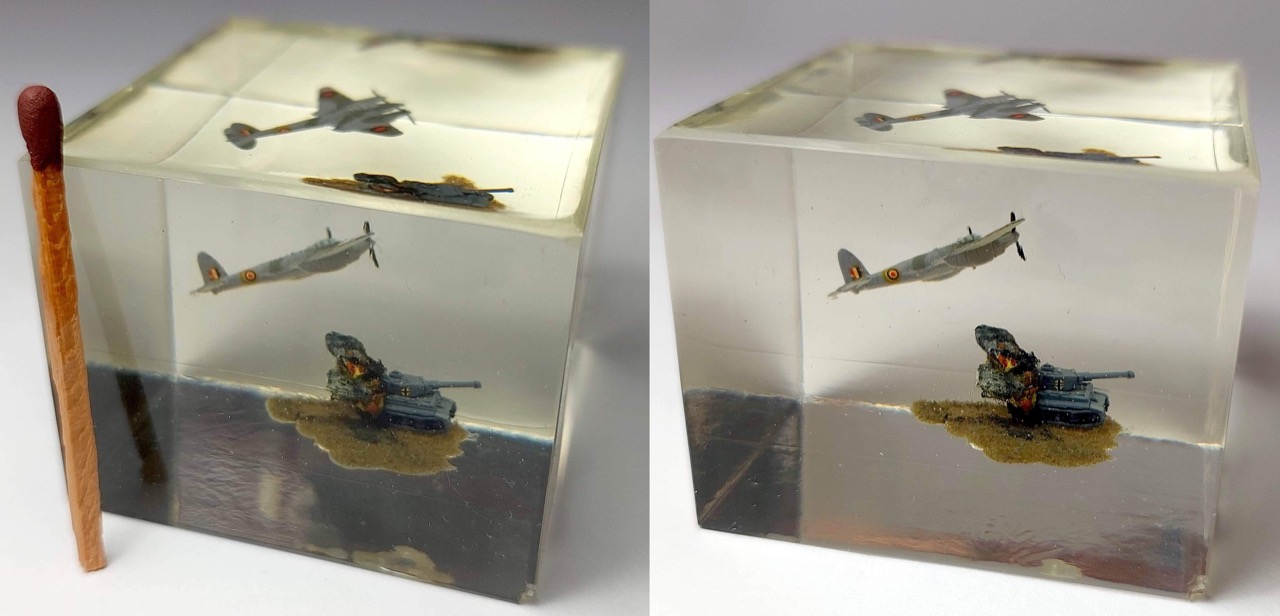Airline: the DC-3 in Post-war History
I recently discovered the British TV Series from 1982, “Airline”, currently free to watch on YouTube, thanks to “Forgotten British Television”. The star of the show is really the DC-3 (and an Austin Tilly). I can give you at least 4 reasons why it is wonderful viewing, and 1 reason why you’ll hate it!
The good:
- For TV made as late as 1982, it brilliantly captures the immediate post-war period in Britain. From rationing and the black market, to social upheaval of returned services and the changing role of women in society, to the expectation of a new social contract reflected by the Beveridge Report and the Labour victory in 1945 - all are handled with convincing realism.
- It features the forgotten history of the end of the British Mandate and the Palestine Emergency, with the Airline being dupped into smuggling guns for Zionist militias who were fighting the British at the time. The show deftly presents the moral dilemma that continues to dominate western politics to this day: sympathy and a need to atone for the treatment of the Jewish people in Europe up to and including the holocaust; yet discomfort with Zionist methods and all that means for others in the middle east, in particular the people of Palestine and Lebanon. For more on the period, I can highly recommend The Hundred Years’ War on Palestine by Rashid Khalidi.
- Later episodes depict the Berlin airlift from a perspective I’d never considered before: the rapid assemblage of motley crews and operators to provide an airlift capability that had been unceremoniously moth-balled at the conclusion of WWII. For more on the history, I really enjoyed reading The Berlin Airlift by Robert Jackson.
- Finally, if you appreciate the DC-3/Dakota - it is really the star of the show. There is lots of footage of it in the air and on the ground, in pieces and various liveries. And as a bonus, the show regularly co-stars a period Austin Tilly.
In short, so many aspects of the story and production will have one thinking: “crikey, forgot about that!” Or even, “crikey, never knew that!”
So what’s not to like? Well in short: “Jack Ruskin”. This is a lead character you will learn to loathe, as does his fiancée who ends up leaving him by the end of season 1. For all his drive and passion to establish a new airline, he manages to be obnoxious to all concerned, far beyond just being a “blunt no-nonsense Yorkshireman”. Perhaps the main reason there is no season 2, is that there’s no amount of success he could have with the airline to redeem him as a character!
Airline: The Synopsis
After the end of the Second World War, Jack Ruskin, a demobbed pilot, attempts to make a living from his one-plane airline business.
Newly-discharged from the RAF after World War II, Jack Ruskin, a blunt no-nonsense Yorkshireman, decides to set up his own airline, Ruskin Air Services. Something of an idealist, Jack is prepared to bend every rule in the book to achieve his goal of flying a Dakota once again. He soon does a deal with Ernie Cade, a notorious spiv who can lay his hands on any item of war surplus - for the right price - and then enlists Peter Witney as co-pilot and Jock McEvoy as maintenance engineer. But his long absences start to put a strain on his relationship with Jennie, his girlfriend.
Episode summary:
- S1.E1 “Look After Number One”: In 1946 Flight Sgt. Russell tries to stay in the RAF as a pilot. A former mentor falls under suspicion of massive illegalities and needs a favor, leading to a brush with smuggling.
- S1.E2 “Brave New World”: Demobilized from the Air Force, Jack Ruskin hustles to start his own private air service with a few other men.
- S1.E3 “Conscience”: Ruskin Air Service’s first cargo run is a failure when the cargo of eggs is confiscated. Debts and interest on the aircraft loan pile up. A load of tractor parts headed to Palestine goes awry when a fuel stop leads to a change in cargo.
- S1.E4 “Touch and Go”: February. Ruskin Air Services is grounded: locked in the icy grip of winter, Enter Ernie Cade, with a proposition the men find hard to refuse, Had they known what they were letting themselves in for, they would have remained earthbound.
- S1.E5” Fool’s Errands”: March 1947, Ruskin is broke. His plane is badly damaged and Cade is putting the screws on. Hardly the time to expand, one would think, But Ruskin’s determination to succeed knows no bounds.
- S1.E6 “Captain Clarke Plus One”: Spring 1947, With the forces of bureaucracy massing against him in England, Ruskin finds himself in Malta, with no fuel, no cooperation and no way out. All seems lost until the winds of fortune change - for the worse.
- S1.E7 “Not Much of a Life”: Stripped of his pilot’s licence and no airline to run, Ruskin, undaunted, embarks on a new ‘money earner’ - and that’s where he comes unstuck: military training hasn’t exactly prepared his crew for carrying passengers.
- S1.E8 “Officers and Gentlemen”: Spring 1948. Dark clouds are gathering over Jennie and Jack’s wedding plans, The airline is in deep -and deadly - trouble. Ruskin must make a decision which will affect the lives of everyone around him, But will he make the right choice?
- S1.E9 “Too Many Promises”: Autumn 1948. With high financial rewards to be made from the Berlin airlift, independent operator Ruskin has nothing to operate. He has lost his licence, one of his planes and most of his crew. Can he save himself from disaster.
See also: Airline on IMDB
Airline: Playlist by Forgotten British Television
Available on YouTube
For Modellers: The DC3
The Douglas DC-3, also known in its military role as the Douglas C-47 Skytrain or Dakota (RAF designation), is a propeller-driven airliner manufactured by the Douglas Aircraft Company. It had a lasting effect on the airline industry from the 1930s, with examples still in use today.
In 1:72 scale, Airfix is the queen of the sky. It’s new tool from 2013 has shown up in a number of releases - most recently in 2022 as the Airfix Douglas C-47 Skytrain No. A08014.
Other recent toolings of the DC-3 in 1:72 include:
- A&A Models Basler BT-67 No. 7242 from 2024
- HobbyBoss C-47A Skytrain No. 87264 from 2017
- Amodel Li-2P/T No. 72244 from 2011
In 1:144 Ukrainian manufacturer Roden has a 2013 tool, most recently released in 2015 as the Douglas AC-47D Spooky No. 310.
Hasegawa seems to dominate “airline scale” 1:200 offerings, with a 1994 tooling, most recently released in 2012 as the L2D Type Zero Transport & C-47 Skytrain “Pacific Carriers” 2 kits in the box No. 10687.
For Modellers: The Austin Tilly
A Tilly is a utility vehicle produced during the Second World War based on existing car designs for use by the British armed forces. They were all officially classed as Car, Light Utility 4 x 2.
The Austin variant is used in the show:
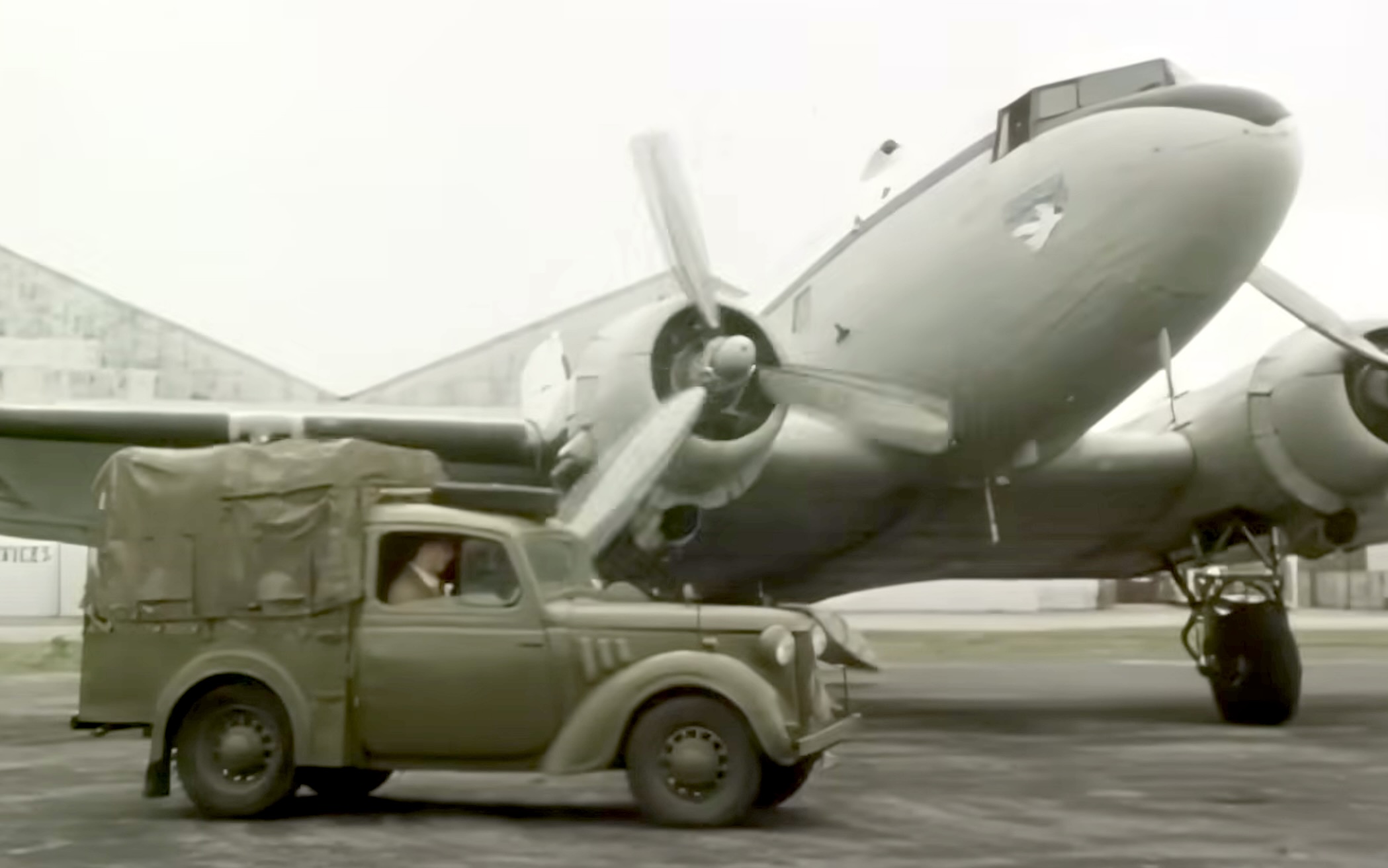
I’ve built the 1:72 Austin Tilly from ACE of Ukraine: British Light Utility Car Tilly 10HP No. 72500.
It’s a great kit - see my build here.
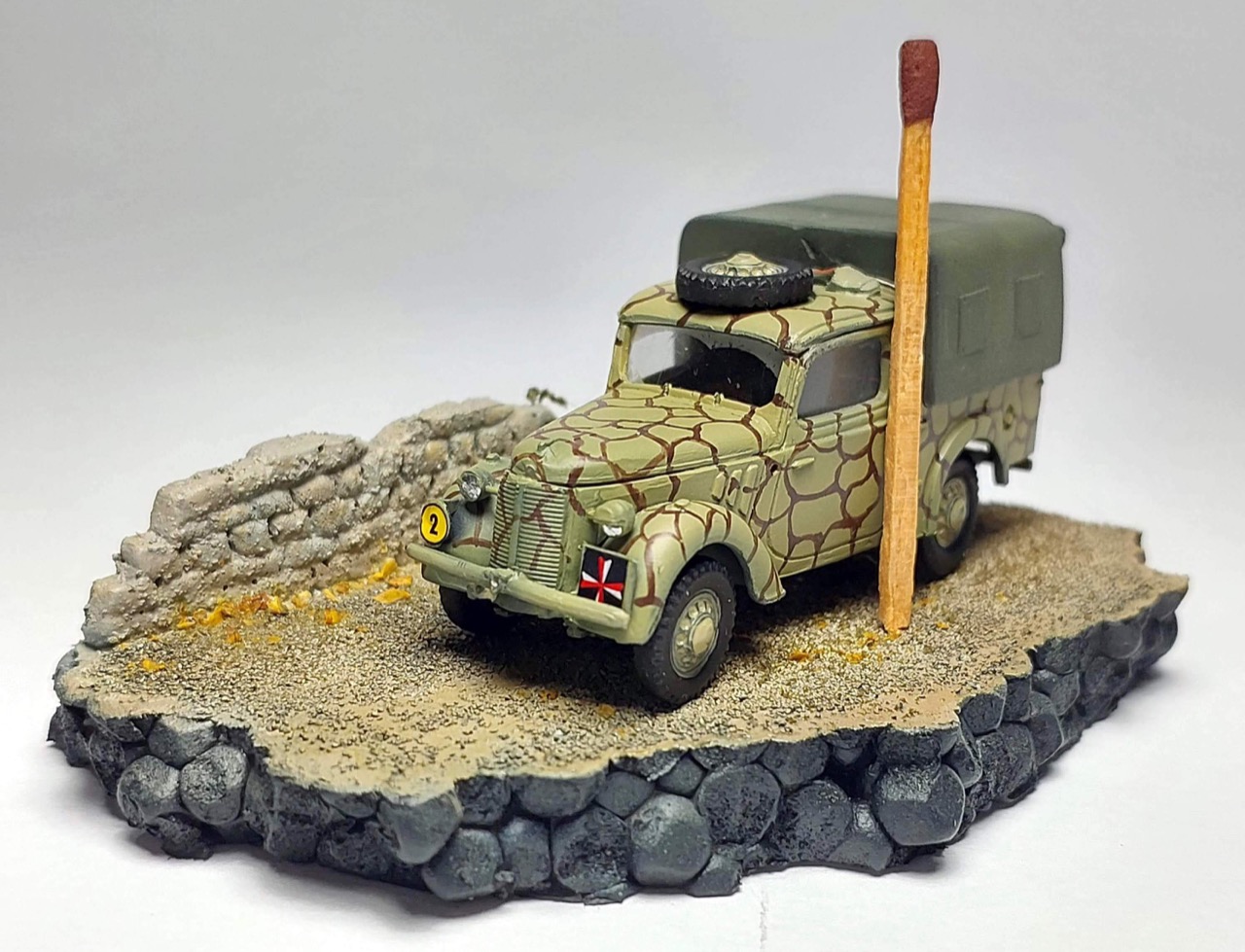
Tamiya have some of the best examples in 1:35 and 1:48:
- British Light Utility Car 10HP Tamiya No. 35308 - 1:35
- British Light Utility Car 10HP Tamiya No. 32562 - 1:48
read more and comment..
Turning Points - HMS Prince of Wales
HMS Prince of Wales (R09)
arrived in Singapore on the 23 June 2025,
docking at the Marina Bay Cruise Centre.
Many remember the last visit by a ship bearing her name,
HMS Prince of Wales (53), doomed to be sunk a few days later on 10 Dec 1941 as
Force Z
was effectively wiped out by Japanese aircraft.
In 2025, we are at an equally momentous turning point in military doctrine. Will the the new HMS Prince of Wales weather the storm?
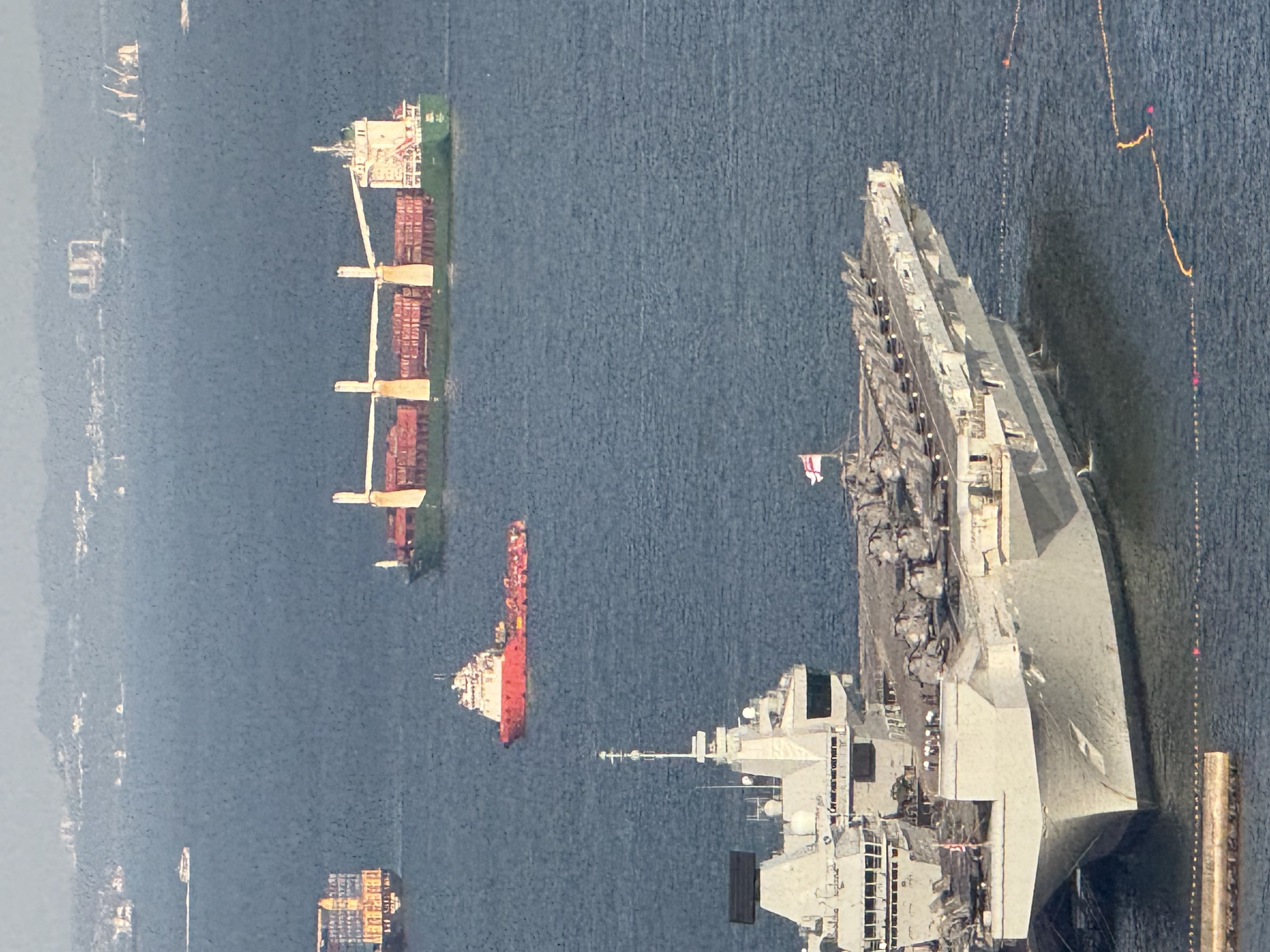
The loss of the battleship HMS Prince of Wales (53) and her companion, the battlecruiser HMS Repulse, in just a matter of hours drove home the lesson that strategic advantage at sea had decisively shifted from the battleship to the air.
This was the same lesson painfully taught the US just a few days earlier with the Dec 7th attack on Pearl Harbor, and ironically demonstrated by the British themselves a month before with the Swordfish attack on the Italian fleet at Taranto.
This was a turning point in military doctrine that set the blueprint for much of the rest of the Pacific War.
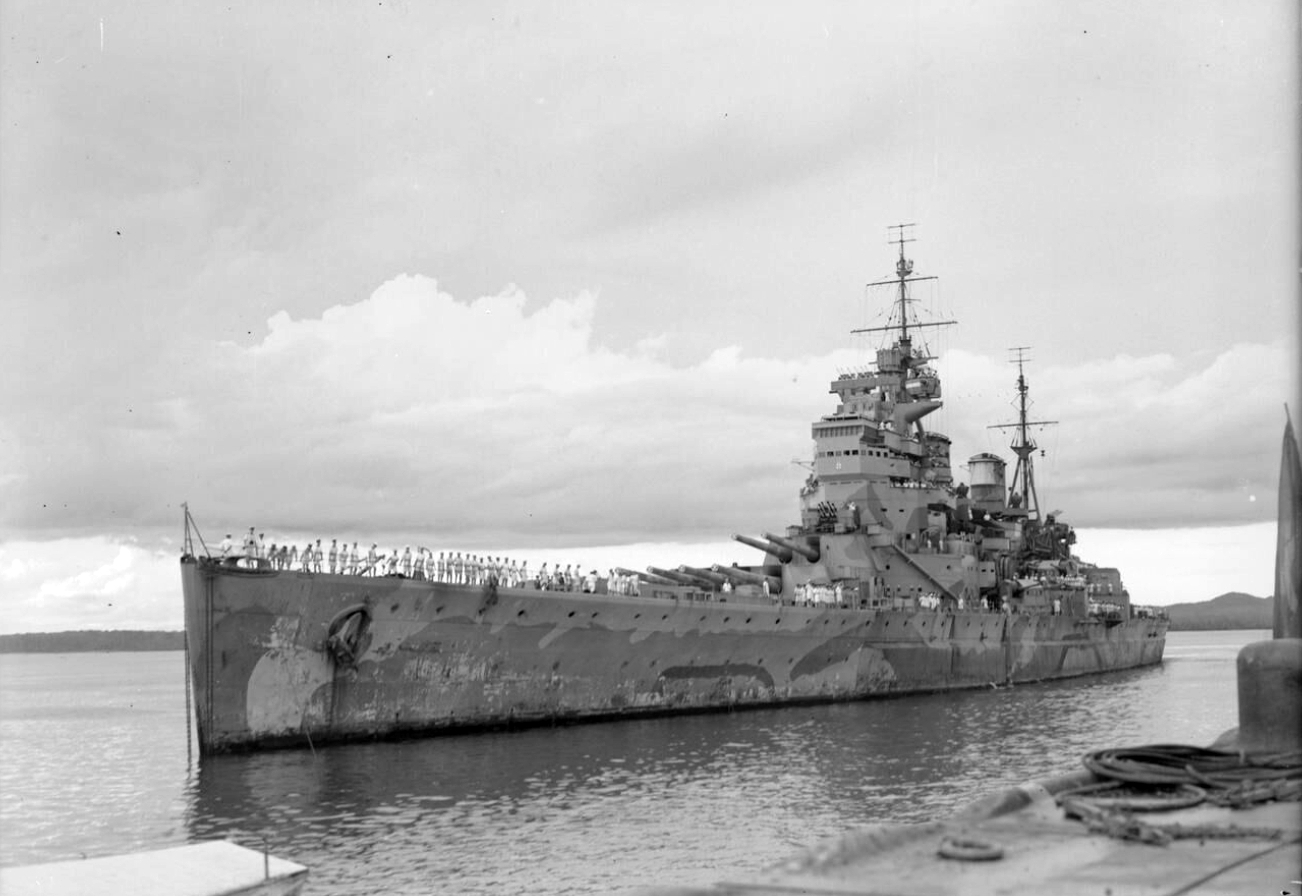
In 2025, the aircraft carrier HMS Prince of Wales (R09) represents Britain’s continued commitment to the strategy of the Carrier Strike Group. Her main air capability comprises the Lockheed Martin F-35B fighter jets, with AgustaWestland Wildcat HMA2 and AgustaWestland Merlin HM2/HC4 helicopters.
HMS Prince of Wales (R09) was commissioned in 2019, and Operation Highmast is only her second major exercise. But is she already on the wrong side of another turning point of doctrine, just as her namesake was 84 years ago?
The world of 2025 looks very different from 2008 when she was ordered. Russia invaded Ukraine and started a very hot war that is not only showing the limits of nuclear deterrence, but that the battlefield is now ruled by drones. The UK left the EU, and the Trump administration has called into question its support for NATO and Ukraine, while continuing the US obsession with a threat from China.
We have seen two significant effects on the zeitgeist:
- A dramatic shift towards uncrewed and autonomous combat systems
- Questioning the wisdom of relying on the US as an all-weather ally. Many are already making moves to “de-risk” the control and supply of military technology from US dependence. For example, Portugal is re-considering its planned F35 purchase.
There was perhaps no better time for the UK to release its latest Strategic Defence Review.
While it remains steadfast in its commitment to the US as a strategic partner, indeed recommending to
double down on both pillars of the AUKUS agreement,
many of the recommendations reflect the dramatic re-centering of the role of autonomous and uncrewed systems, and that
Defence should also learn from Ukraine’s extraordinary experience in land warfare, drone, and hybrid conflict.
It foreshadows a significant shift in the role of the aircraft carrier
Carrier strike is already at the cutting-edge of NATO capability but much more rapid progress is needed in its evolution into ‘hybrid’ carrier airwings, whereby crewed combat aircraft (F-35B) are complemented by autonomous collaborative platforms in the air, and expendable, single‑use drones.
Specifically it recommends that:
The Royal Navy must continue its transformation in the skills, equipment, and ways of operating needed for the 21st century maritime domain as part of an Integrated Force. This should include:
- Moving to a ‘hybrid’ carrier airwing, comprising crewed combat aircraft, autonomous collaborative platforms in the air, single-use drones, and, eventually, long-range missiles capable of being fired from the carrier deck.
- Rapid evolution of anti-submarine warfare through the integration of underwater, surface, and airborne drones (including Protector) with Type 26 frigates, P-8 maritime patrol and reconnaissance aircraft, and SSN attack submarines.
- Rapid evolution of mine-hunting to be delivered with autonomous platforms.
- Exploring possible development from a Type 45 destroyer to a minimally crewed or autonomous air dominance system that could integrate directed energy weapons and enable better connectivity to other assets within the UK’s Integrated Air and Missile Defence system.
So while the aircraft carrier HMS Prince of Wales (R09) is not yet obsolete, one may expect dramatic changes in the way it is equipped and fought to be in the wind. Perhaps a refit when it returns from the Pacific at the end of Operation Highmast?
More references:
- https://www.scmp.com/week-asia/politics/article/3315502/uk-soft-power-display-singapore-anchors-marina-bay-skyline-berth
- https://www.nationalreview.com/photos/hms-prince-of-wales/
- https://www.gov.uk/government/publications/the-strategic-defence-review-2025-making-britain-safer-secure-at-home-strong-abroad
read more and comment..
Chili Lime Peanuts ถั่วทอดสมุนไพร
Pailin’s Hot Thai Kitchen has added so many wonderful recipes that frequently appear on our table. It didn’t take much convincing to have a go at the latest recipe I’d seen, Chili Lime Peanuts (ถั่วทอดสมุนไพร, Tua Tod Samun Prai).
How did it go? Well let’s say I kept downsizing my storage container requirements. As we were warned, these are indeed very addictive!

I followed the basic recipe, the main variation being that I left out the cashews, and used Knorr Serbuk Pati (Seasoning Powder - Chicken) from NTUC Fairprice in place of “chicken bouillon”. I’m not sure if these are actually similar products, but it worked just fine.
My ingredient list:
- Frying oil (canola)
- 10 large cloves garlic, peeled
- 15 makrut lime leaves, large
- 1 stalk lemongrass
- 10 dried chilies, chopped
- 400g raw peanuts
- Pasar Raw Peanuts from NTUC Fairprice
- (peanuts fried for 7-8 mins)
And for the seasoning:
- 2 teaspoons granulated sugar
- I used brown sugar, as no white sugar on hand
- 1½ teaspoon table salt
- 1 teaspoon lime juice powder
- 1 teaspoons chicken bouillon powder, optional but recommended
- 2 teaspoon chili powder
- I used Korean Gochugaru
Highly recommend. You may want to consider doubling all the quantities though!
read more and comment..
The Mosquito In Film
The de Havilland DH.98 Mosquito is one of the most famous (and beautiful) aircraft of the Second World War. Its use evolved to successfully fulfil many roles, including low- to medium-altitude daytime tactical bomber, high-altitude night bomber, pathfinder, day or night fighter, fighter-bomber, intruder, maritime strike, and photo-reconnaissance aircraft.
There are of course many books covering the Mosquito, for example:
- Mosquito: The RAF’s Legendary Wooden Wonder and its Most Extraordinary Mission, by Rowland White.
- Mosquito Mayhem: de Havilland’s Wooden Wonder in Action in WWII, by Martin W. Bowman.
- Mosquito Men: The Elite Pathfinders of 627 Squadron, by David Price
- 633 Squadron Series, by Frederick E. Smith.
As such an iconic aircraft, it is no surprise that many films have also made it the hero of the story. Let’s take a look at a few..
633 Squadron (1964)
An RAF squadron is assigned to knock out a German rocket fuel factory in Norway. The factory supplies fuel for the Nazi effort to launch rockets on England during D-Day.
The plot, which involves the exploits of a fictional World War II British fighter-bomber squadron, was based on the 1956 novel of the same name by former Royal Air Force officer Frederick E. Smith, which itself drew on several real RAF operations.
More:
It can be found on YouTube:
Mosquito Squadron (1969)
In World War II, an RAF squadron leader mourns the death of a comrade and receives a bombing mission against a secret German V-2 rocket testing facility in France.
Although not a sequel, the film is similar to the 1964 film 633 Squadron and was influenced by it, even using some of its footage.
More:
It can be found on YouTube:
The raid in Mosquito Squadron echoes Operation Jericho, a combined RAF–Maquis raid which freed French prisoners from Amiens prison in which the Mosquitos took part.
The pilots, navigators and planners of Operation Jericho tell their tales in their own words in this documentary, with copious contemporary footage:
Skyggen i mit øje (2021)
Skyggen i mit øje is a Danish film also known as “The Shadow in My Eye”, or “The Bombardment” in English.
It is a powerful story based around Operation Carthage. On March 21st, 1945, the British Royal Air Force set out on a mission to bomb Gestapo’s headquarters in Copenhagen. The raid had fatal consequences when one of the planes crashed near Institut Jeanne d’Arc, causing the school to be misidentified as the target and also bombed. More than 120 people were killed, 86 of whom were children.
I saw The Bombardment on Netflix.
For Modellers
Airfix has a long history of kitting the Mosquito. In 1:72 scale, the new tooling from 2021 is now powering a wonderful line of variants, for example De Havilland Mosquito B.XVI (A04023). I’ve enjoyed building this one.
Airfix are perhaps most famous for their massive 1:24 kit, most recently released in a 2015 boxing from the original 2010 tooling: De Havilland Mosquito FB.VI (A25001A)
Hasegawa have kitted a series of variants in 1:72 from a 1999 tooling, the latest being the 2016 release: Mosquito NF Mk.XIII ‘Night Fighter’ (02198).
Tamiya also entered the 1:72 Mosquito market at the same time as Hasegawa and have produced a few variants from a 1999 tooling, the latest being the 2001 release: De Havilland Mosquito NF Mk.XIII/XVII
Is there a good 1:48 scale mosquito? There hasn’t been a new tool for many years, but quite a few manufacturers:
- Airfix: De Havilland Mosquito PR.XVI D-DAY 70th Anniversary No. A07112 - 2014 release from a 1977 tooling.
- Revell: D.H. Mosquito B Mk. IV No. 03923 - 2017 release from a 2008 tooling.
- Tamiya: de Havilland Mosquito NF Mk.II & British Light Utility Car 10HP No. 89786 - 2009 release from a 1998 tooling.
A similar story for 1:32:
- Revell: De Havilland Mosquito Mk.IV No. 04758 - 2014 release from a 1971 tooling.
- Tamiya: De Havilland Mosquito FB Mk.VI w/clear engine covers No. 60326 - 2015 tooling and release
More exciting perhaps is the range of Mosquito kits produced by Mark I Models in 1:144 scale from a 2018 tooling. The latest being DH Mosquito FB. VI Amiens Prison Raid No. MKM144124
At the very extreme end of the scale, Pit-Road produce a wonderful 1:700 scale Mosquito in their WWII Royal Air Force Wings Set 1 No. S32, last released in 2022 from a 2013 tooling. I’ve actually used it to make a little resin-encased diorama:
See also:
- Mosquito Modeler’s Online Reference
- Modelling the De Havilland Mosquito, by Roy Sutherland. Although a little out of date - it was published in 2005.
read more and comment..


